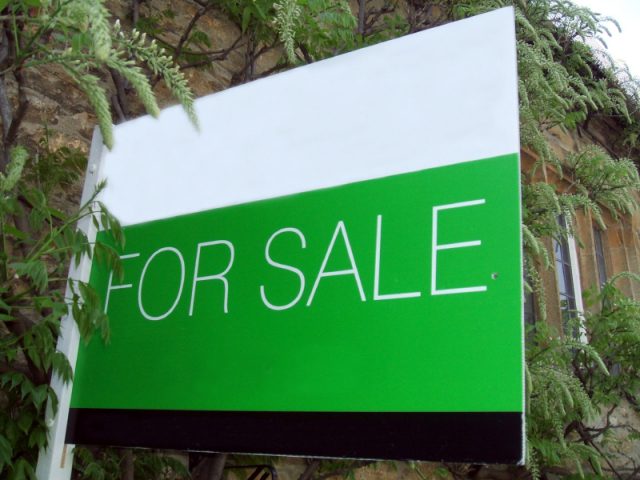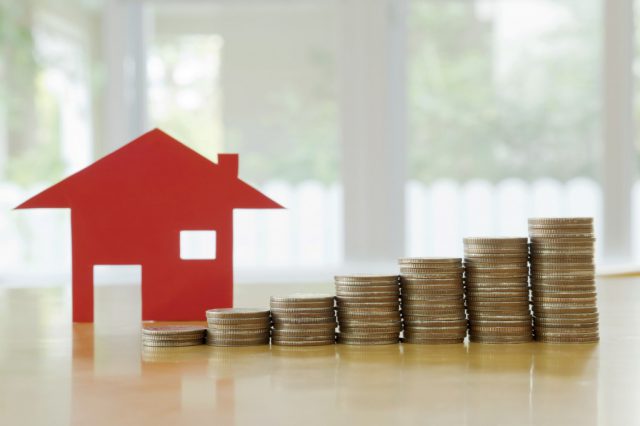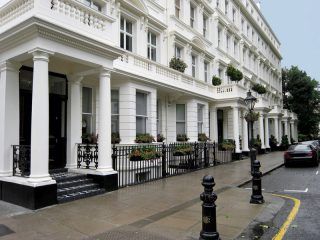Average House Price Growth of 5.8% Recorded in February, Reports Land Registry
The latest Land Registry/Office for National Statistics (ONS) House Price Index shows that average house price growth stood at 5.8% in February, taking the average property value in the UK to £217,502.

Average House Price Growth of 5.8% Recorded in February, Reports Land Registry
On a monthly basis, UK house prices rose by an average of 0.6% when compared to January 2017.
In England, annual house price growth stood at 6.3% in February, taking the average value to £234,466. Month-on-month, house prices were up by an average of 0.8%.
Wales recorded an average annual price rise of 1.8%, which takes the average value to £145,293. Monthly data shows that prices have fallen by an average of 0.9% since January 2017.
Data for London shows that prices increased by an average of 3.7% on an annual basis, to reach £474,704. On a monthly basis, they dropped by 0.9%.
Regionally, the East of England experienced the greatest growth in property values over the past 12 months, with an increase of 10.3%.
Yorkshire and the Humber recorded the largest monthly rise, at 2.5%.
The North East experienced the lowest annual price growth, of just 2.2%, while the South East saw the most significant monthly price decrease, of 1.0%.
The latest UK property transaction statistics showed that, in February, the total number of seasonally adjusted property sales completed in the UK with a value of £40,000 or more dropped by 1.9% compared to February 2016.
The Founder and CEO of online estate agent eMoov.co.uk, Russell Quirk, comments on the figures: “Although many have been quick to attribute a slowdown in the market to fears of Article 50 and buyer uncertainty, the latest data from the Land Registry would suggest a more natural adjustment is currently happening to the market.
“Prices across the board have generally continued an upward trend, despite a slower start to the year than usual, but it is no coincidence that both London and the South East have seen some of the only falls in monthly property price growth. Both have considerably higher average house prices than the rest of the UK, and what we are currently seeing is the property market in these areas realigning itself with the rest of the country, having seen an abnormal level of inflation over the last year.”
He continues: “As these markets pause to catch their breath, it is inevitable that the result will be a downward movement in price growth. But as we approach the peak time of year for both homebuyers and sellers, it is likely that this brief respite will soon subside, and price growth across the whole of the UK will remain buoyant.”







